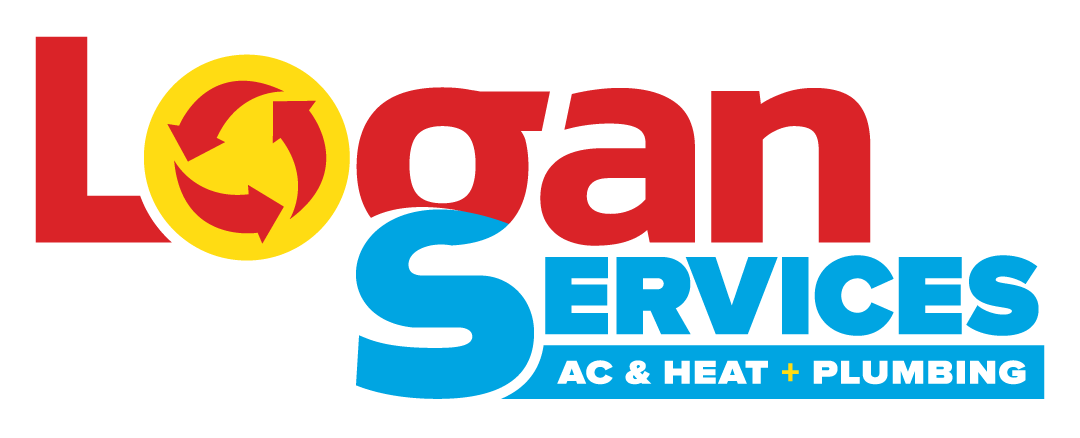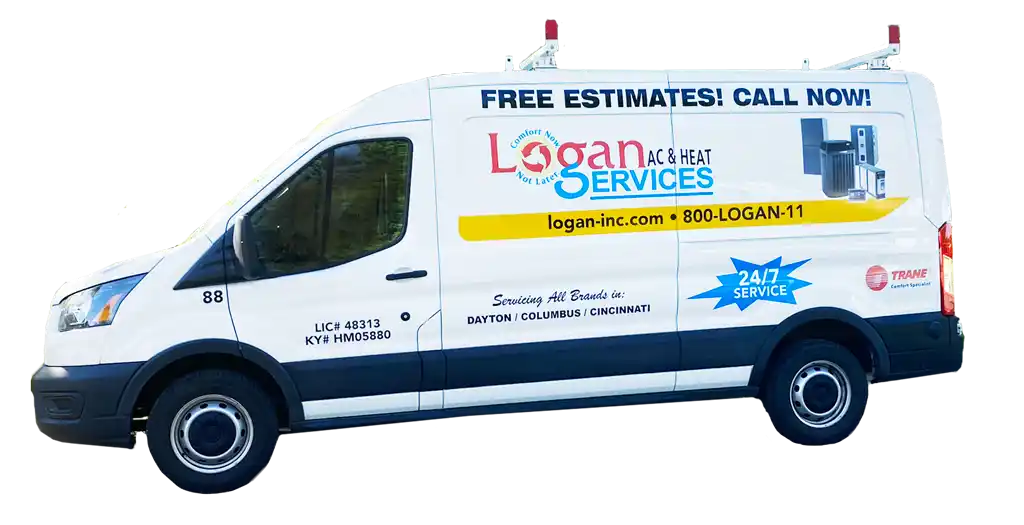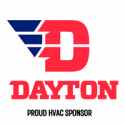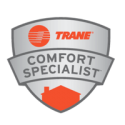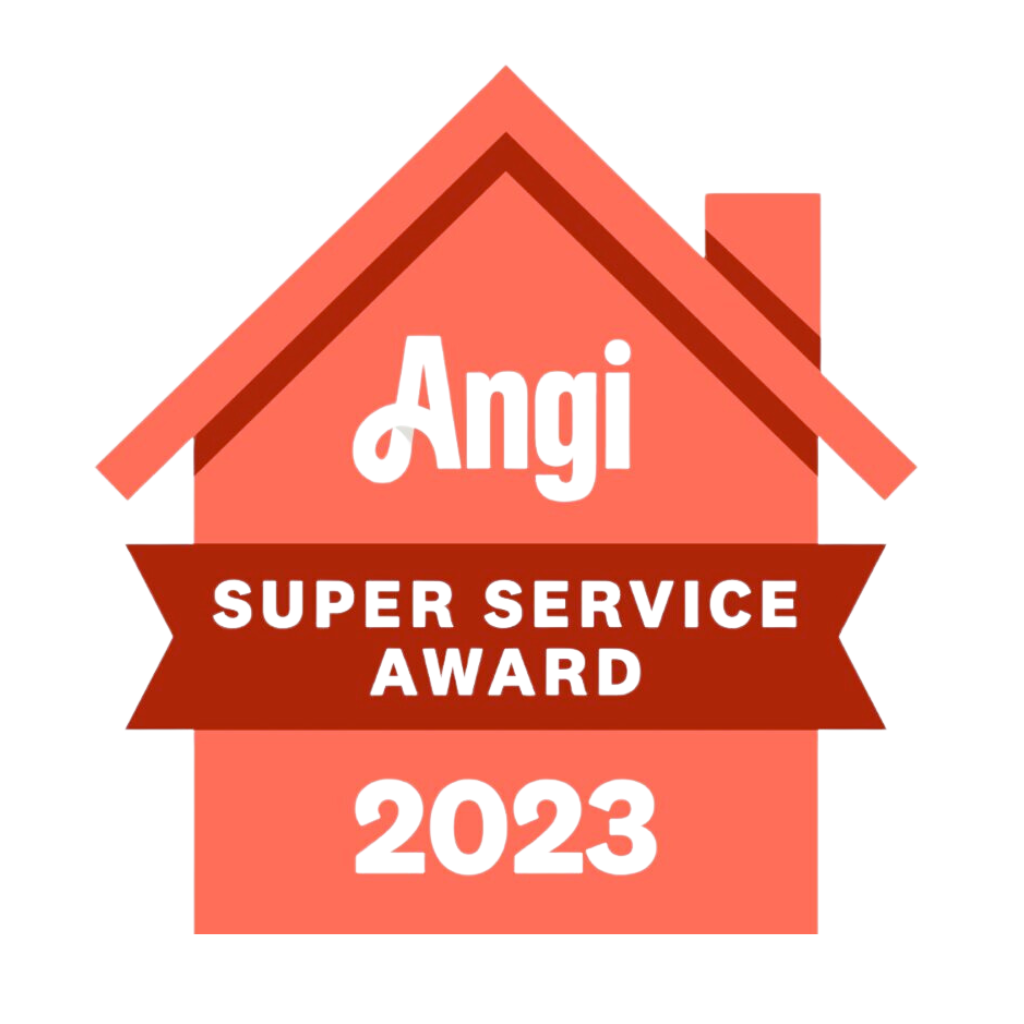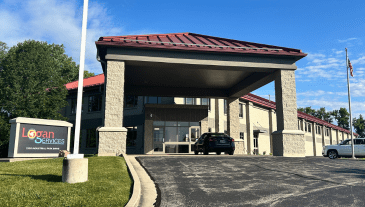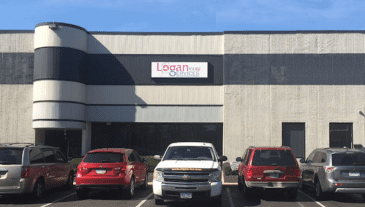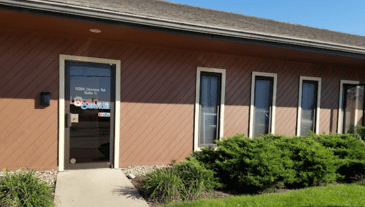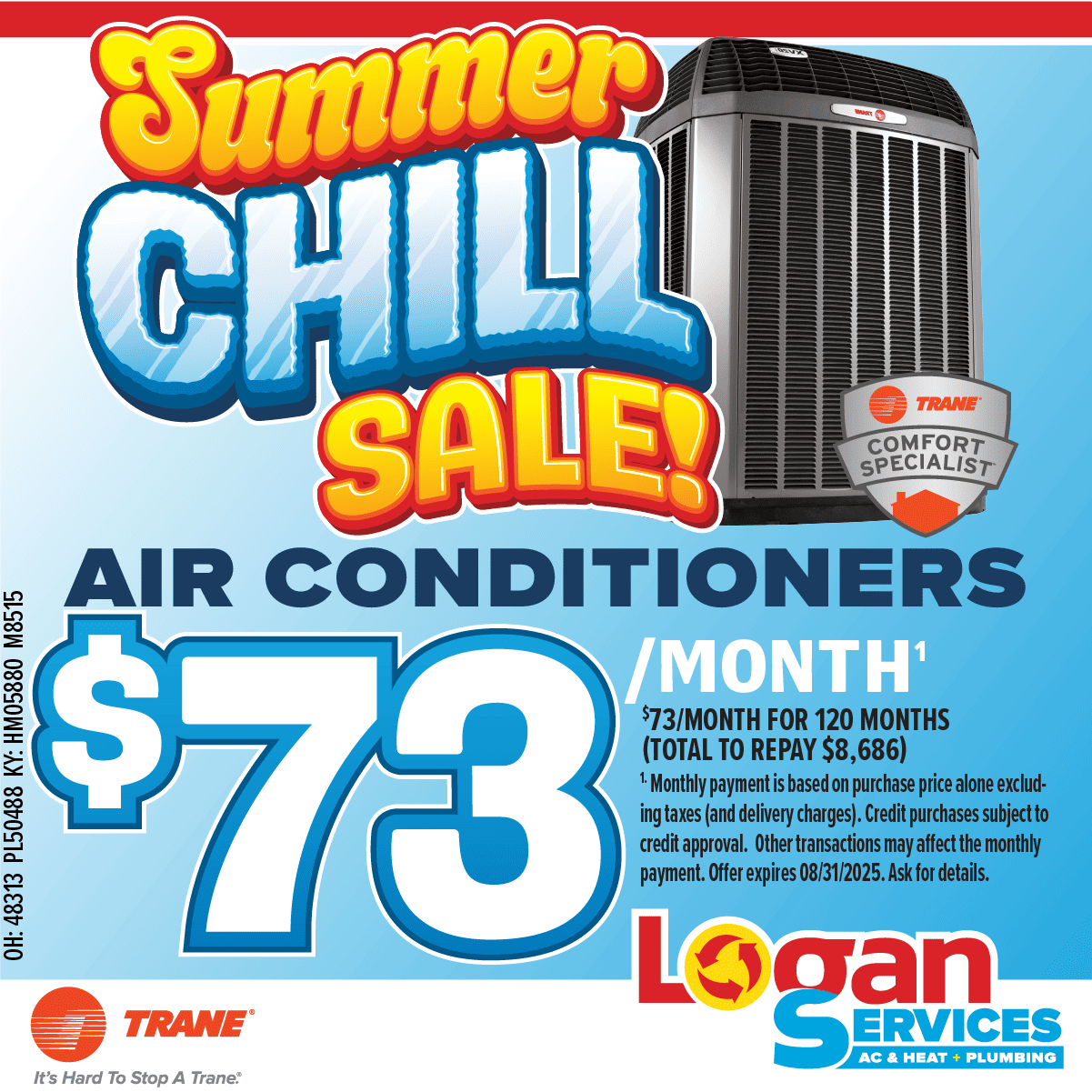Getting professional air conditioning installation service for a new central air conditioning (AC) system is the best way to ensure your home stays comfortable during the hot summer months. Correct installation by licensed HVAC technicians allows the AC system to run as efficiently as possible. This detailed guide covers everything you need to know about this vital service—from choosing the right AC equipment, understanding the step-by-step installation process, maintenance tips, when to upgrade an old unit, what to ask potential installers, average costs, and more around central air conditioning installation service.
Understanding Central Air Conditioning
Central AC cools your entire home through a “split system” with components both inside and outside the house connected by refrigerant lines. The key elements include:
Condenser (Outside AC Unit) – This contains the compressor, condenser coil, and fan. It converts the refrigerant from gas to liquid, which absorbs heat from inside air.
Air Handler (Inside Unit) – Houses the evaporator coil and blower, which circulates cool air through metal ductwork running throughout your home. An integrated furnace often provides heating as well.
Thermostat – It lets you control the temperature and set schedules for cooling. Smart WiFi-enabled thermostats allow remote adjustment.
Correctly installing all these components ensures quiet, even, efficient cooling across multiple rooms via forced-air distribution. It provides cleaner air and greater home comfort compared to wall units or window ACs.
How to Choose the Right Central AC Unit
Consider the following when selecting central AC equipment:
Home Size – Scale the system’s BTU rating to match the square footage for sufficient cooling. Oversizing reduces efficiency.
Efficiency Ratings – Look for a high SEER (Seasonal Energy Efficiency Ratio) score to minimize energy costs. Modern systems rated 14+ SEER are the best.
Features – WiFi controls, multi-stage compressors, programmable thermostats, and variable-speed fans provide greater comfort and precision.
Warranties – Quality condenser/coil warranties span 10-15 years for the unit and five years for the parts. Compressors often have 5-10 year coverage.
Brands – Leading manufacturers like Trane, Carrier, Lennox, and Amana are reliable. Ask installers which brands they recommend and why.
Carefully considering these factors ensures your new AC system cools effectively for years while controlling energy bills.
Why Professional Central AC Installation Matters
It’s vital to have a licensed, insured HVAC technician install central air conditioning. Here’s why:
Correct Sizing – Experts properly size the equipment using Manual J load calculations based on home size, insulation, windows, and other factors. Wrongly sized units will struggle to maintain temperatures.
Optimal Placement – Technicians position the external condenser unit away from trees/structures, causing obstruction while allowing adequate airflow. Proper alignment maintains efficiency.
Secure Mounting – Central AC components require secure, vibration-free mounts. Improper outdoor unit mounting risks leakage and sound amplification indoors.
Sealed Ductwork – Leaky, disjointed ducts hamper airflow, causing certain rooms to get cooler than others. Tight sealing prevents costly cooling loss.
Proper Refrigerant Charge – The refrigerant level must match the system length for efficient performance. Under or overcharging the lines reduces cooling capacity.
Structured Process – Each step, from inspection to testing/commissioning, must follow proper protocols that DIYers can easily mismanage.
Permits + Codes – Licenses, permits, codes compliance, and inspection sign-offs provide protection for this major home investment.
Put simply – incorrect central AC installation causes higher utility bills, premature breakdowns, and voided manufacturer warranties.
Step-by-Step Central AC Installation Process
DIY Installing central air conditioning requires meticulous attention across approximately ten key phases:
1. Load Calculations + Equipment Selection
Accurately determining the home’s cooling requirements and matching them to the appropriate system are critical first steps during HVAC replacement or new installations. The unit must suit the size and layout.
2. Inspection + Work Area Preparation
Technicians survey potential mounting locations, structural elements (wall composition, roofing, etc.), and electrical requirements at this stage. They set up safe access routes and equipment/material staging areas.
3. Condenser Unit Mounting
The external condenser unit gets securely mounted on a concrete pad or vibration-dampening rails based on weight. This prevents movement, which causes noise or cracks, allowing costly refrigerant leakage. Proper elevation avoids snow/ice buildup while still enabling drainage.
4. Air Handler + Ductwork Installation
Next, HVAC experts position the air handler (containing the evaporator coil and blower) centrally inside the home if it’s a new install. For replacements, the existing furnace/blower location typically gets reused. Accessibility for future maintenance is key. New insulated ductwork then gets mounted while sealing all connections airtight.
5. Refrigerant Line Connections
Once the split system’s indoor and outdoor units are mounted, refrigerant piping gets installed. Copper tubing size depends on equipment specifications to allow proper refrigerant flow. Nitrogen pressure testing checks for leaks before evacuation and recharge.
6. Condensate Drain Line Setup
As humidity gets removed during AC operation, condensation builds up. A drain line (typically PVC plastic piping) carries water outside, avoiding indoor leaks. Correct slope and drip loops prevent clogged drains.
7. Electrical Connections + Control Wiring
With the physical equipment positioned, certified electricians now wire up the 240v power supply to the condenser and 120v controls wiring between the thermostat, air handler, and outdoor unit. Load protection, disconnects, and connections must meet codes.
8. System Charging + Refrigerant Top-Up
After triple-checking for leaks during previous pressure tests, the system gets charged with refrigerant (R-410A for most modern equipment). Precise refrigerant charging based on line lengths enables peak efficiency.
9. Startup Checks + Commissioning
Following thorough testing across wiring, voltage, amp draw, refrigerant levels, and duct integrity confirms safe, efficient operation. HVAC techs initialize control sequences plus heating/cooling modes before the demonstration.
10. Homeowner Equipment Orientation
Once fully installed and tested, the lead technician explains to homeowners the correct use of thermostat settings, maintenance requirements, and how/when to change filters. Installers provide all equipment manuals and warranties, including contact info for future questions.
While complex, when each phase follows proper protocols utilizing certified equipment, licensed electricians, and experienced HVAC professionals, the result is whisper-quiet, luxuriously cool indoor comfort for years.
Keeping Central AC Efficient with Regular Maintenance
To maximize performance and savings from your central air system, consider these handy maintenance tips:
Change Air Filters Regularly – Clogged filters reduce airflow, causing strain. Swap disposable filters each month or clean reusable ones.
Annual Professional Tune-Ups – Preventative checkups by HVAC technicians ensure correct refrigerant levels, test components, and clean evaporator/condenser coils if they are dirty.
Clear Debris Outside – Remove foliage or clutter blocking the external condenser unit regularly, allowing ample air intake.
Check/Seal Ductwork – Poor connections or detached ducts cause cooling loss and higher bills. Reseal loose segments if found.
Just like your car, taking care of your central AC equipment lowers the likelihood of mid-summer breakdowns.
When To Consider Replacing Central AC Systems
If your AC equipment is over ten years old, consider replacing outdated, inefficient systems with the following telltale signs:
Frequent Breakdowns – AC repair bills exceeding $500-1000+ indicate age-related component degradation. Newer central AC technology boasts greater reliability.
Limited Cooling – If your system constantly struggles to maintain indoor temperatures starting in early summer, it likely suffers from low refrigerant charges or airflow issues due to wear.
High Energy Bills – Poor SEER ratings below 12 SEER on older units consume excess electricity. Swap it for an upgraded 14+ SEER system to save over 30% on cooling costs.
Noisy Operation – Clunking, grinding, or loud whining noises signal compressor failure or blower motor problems on outdated equipment.
Upgrading worn-out systems avoids wasting money on patches. New central AC installations also allow adding modern conveniences like smart thermostats.
What to Ask Potential AC Installers
Since few large investments carry more long-term impact than new HVAC equipment, ask these key questions when selecting professional AC installation contractors:
- Are you licensed, bonded, and insured?
- What brands do you recommend and why?
- Will you handle all permits and code compliance?
- Do you offer workmanship and manufacturer warranties?
- Can you explain the full installation process step-by-step?
- How will you minimize dust/disruption during the job?
- What maintenance support do you provide post-installation?
Reputable central AC installation experts clearly answer each question, provide relevant documentation, and offer client references.
The Logan Difference
Logan A/C & Heat is a family-owned, community-focused HVAC company serving homeowners since 1969. Our experienced technicians complete extensive training to meet our high-quality work standards. We maintain open communication throughout the installation process and have all parts on hand ahead of appointments to prevent delays.
Our install managers leverage decades of expertise overseeing each job, signing off on comprehensive checklists upon completion. We walk customers through equipment operation and maintenance during an in-depth orientation. We also assist with warranty paperwork to save you time.
Giving back through community participation and donations is important to us. We aim to make customers feel like part of the Logan family through our personalized approach and longstanding local roots. Discover the Logan difference for yourself and join the family!
Frequently Asked Questions (FAQs)
How long does installing central AC take?
Complete central AC system installations usually take 2-3 days, with additional time for planning, permits, and specialized installations. Condenser or evaporator coil unit swaps can often be done in one longer workday when positioned centrally.
What size central AC unit do I need?
Central air conditioning size depends primarily on your home’s square footage and layout. Correct sizing requires Manual J load calculations based on local climate data, insulation levels, window area, and other considerations. Oversized units lower efficiency.
Should I buy a central AC unit with a furnace?
Packaged central AC systems with integrated furnace/blower units simplify installation and contain costs while providing both heating and cooling from one integrated system. Ensure performance ratings and warranties match on both.
How long should a central air conditioner last?
The average lifespan of properly installed central AC equipment is 15-20 years. Preventative maintenance like tune-ups and coil/filter cleaning extends it further. Condenser cabinet and coil component warranties often exceed ten years from leading brands.
